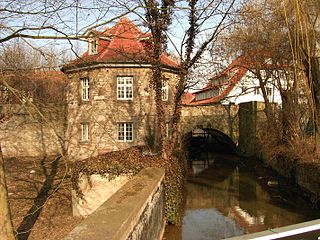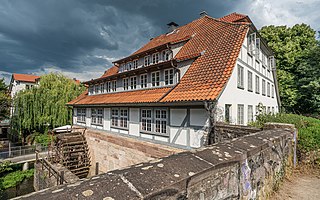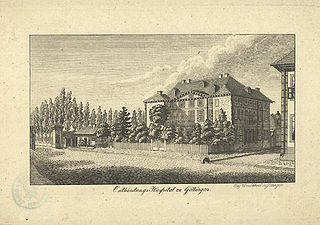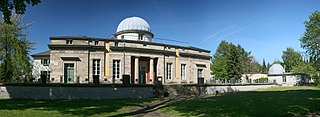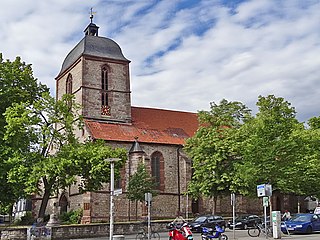Self-guided Sightseeing Tour #2 in Göttingen, Germany
Legend
Tour Facts
1.9 km
12 m
Experience Göttingen in Germany in a whole new way with our free self-guided sightseeing tour. This site not only offers you practical information and insider tips, but also a rich variety of activities and sights you shouldn't miss. Whether you love art and culture, want to explore historical sites or simply want to experience the vibrant atmosphere of a lively city - you'll find everything you need for your personal adventure here.
Individual Sights in GöttingenSight 1: Bismarck Cottage
The Bismarck House in Göttingen is the last surviving tower of the outer medieval fortification ring of the city. It got its name because the later Reich Chancellor Otto von Bismarck lived here for about five months during his studies in Göttingen in 1833. Today, a small museum is set up in the tower.
Sight 2: Odilien Mill
The Odilienmühle is a watermill on the western edge of the old town of Göttingen in Lower Saxony, Germany.
Sight 3: Accouchierhaus
Accouchierhaus or Geutanstalt is the name for a forerunner of today's maternity hospitals that emerged in the 18th century.
Sight 4: Historische Sternwarte
Göttingen Observatory is a German astronomical observatory located in Göttingen, Lower Saxony, Germany.
Sight 5: St. Alban's Church
The Evangelical Lutheran Parish Church of St. Albani is a three-aisled Gothic hall church in Göttingen in Lower Saxony.
Share
How likely are you to recommend us?
Disclaimer Please be aware of your surroundings and do not enter private property. We are not liable for any damages that occur during the tours.
GPX-Download For navigation apps and GPS devices you can download the tour as a GPX file.
